Instead of separating fiber and PE, two British companies are producing a mixed PE-fiber recycled resin, and the growing potential for rPET in nonwoven fabrics is explored.

Instead of separating fiber and PE, two British companies are producing a mixed PE-fiber recycled resin, and the growing potential for rPET in nonwoven fabrics is explored.
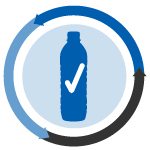 A European Union panel approved a pair of proposals that bring recovered material into plastic food and beverage packaging.
A European Union panel approved a pair of proposals that bring recovered material into plastic food and beverage packaging.
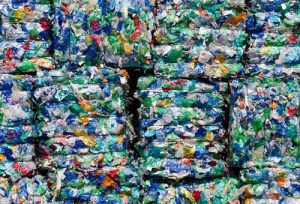 Researchers have launched a project to measure the depth of demand for post-consumer recycled plastics in the U.S. and Canada. Continue Reading
Researchers have launched a project to measure the depth of demand for post-consumer recycled plastics in the U.S. and Canada. Continue Reading
 Spanish researchers develop special washing and extrusion methods to remove odors when recycling EPS fish boxes, and Keurig says it is aiming to produce recyclable K-Cup coffee capsules.
Spanish researchers develop special washing and extrusion methods to remove odors when recycling EPS fish boxes, and Keurig says it is aiming to produce recyclable K-Cup coffee capsules.
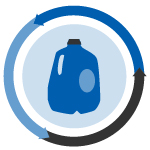 More foam polystyrene collection centers are opening in the U.S., and a clothing company introduces a new line made from recycled ocean plastics.
More foam polystyrene collection centers are opening in the U.S., and a clothing company introduces a new line made from recycled ocean plastics.
 A Canadian community removes EPS from its curbside recycling program, and Greenpeace offers the soda industry a big thorn and a little rose over its plastic usage.
A Canadian community removes EPS from its curbside recycling program, and Greenpeace offers the soda industry a big thorn and a little rose over its plastic usage.
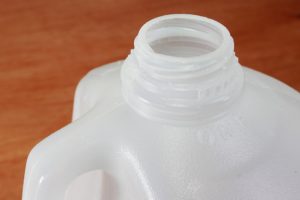 Canadian HDPE recovery offset decreased recycling of other resins in 2015, according to a recent report, giving overall plastic packaging recycling a net increase for the year.
Canadian HDPE recovery offset decreased recycling of other resins in 2015, according to a recent report, giving overall plastic packaging recycling a net increase for the year.
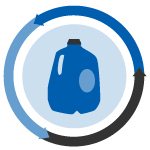 ExxonMobil is part of a project developing a type of flexible film that could be more easily integrated into the PE collection stream, and a detergent bottle maker focuses on recycled HDPE.
ExxonMobil is part of a project developing a type of flexible film that could be more easily integrated into the PE collection stream, and a detergent bottle maker focuses on recycled HDPE.
 A facility near London is using a new baffled oscillation technology to separate PP and PE in a water tank, and a study says more rPET could be used in hot-fill containers.
A facility near London is using a new baffled oscillation technology to separate PP and PE in a water tank, and a study says more rPET could be used in hot-fill containers.
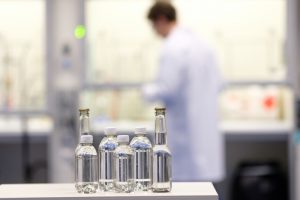 A bio-derived plastic that could replace PET in food and drink packaging has received interim approval from an industry organization in Europe.
A bio-derived plastic that could replace PET in food and drink packaging has received interim approval from an industry organization in Europe.
